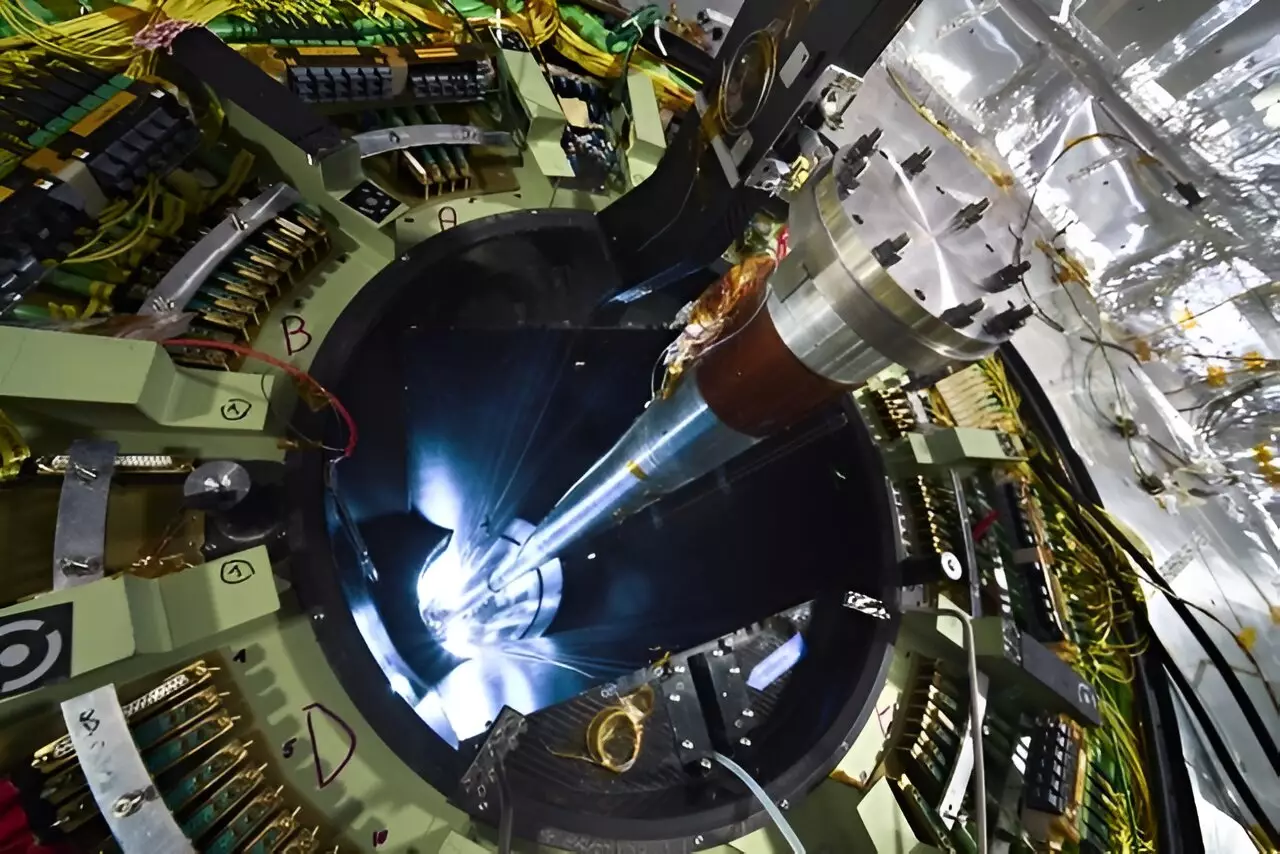Magnetic monopoles are fascinating hypothetical entities in the field of particle physics. Unlike ordinary magnets, which possess both a north and a south pole, a magnetic monopole is theorized to have only one pole—either a lone north or south pole. This concept challenges conventional electromagnetism, where the existence of magnetic poles in pairs has always been the norm. Despite being purely theoretical for decades, the notion of magnetic monopoles excites physicists, as their discovery could yield monumental implications for our understanding of the universe.
The question of whether magnetic monopoles exist is steeped in rich scientific history. Great minds like Pierre Curie, Paul Dirac, and Joseph Polchinski have engaged with this captivating inquiry, suggesting that monopoles could substantially alter our comprehension of fundamental physics. However, experimental evidence remains elusive, driving researchers to develop innovative methodologies aimed at discovering these enigmatic particles.
In a pioneering study published in *Physical Review Letters*, an international research team spearheaded by scientists from the University of Nottingham is pushing the envelope in the search for magnetic monopoles. By utilizing a decommissioned section of the beam pipe from the Large Hadron Collider (LHC) at CERN, the scientists have established considerably tighter constraints on the potential existence of these magnetic entities.
The research exploits a beryllium beam pipe that once served the Compact Muon Solenoid (CMS) experiment at CERN. This pipe, which was subjected to a barrage of radiation from extensive ultra-high-energy ion collisions, is now the focus of a quest to unveil the existence of monopoles. Borrowing insights from the particle collisions themselves, the study employs high-energy physics to investigate the properties of magnetic charge.
Central to this exploration is the use of the MoEDAL (Monopole and Exotics Detector at the LHC) experiment, which has developed unique detection mechanisms to identify any traces of magnetic monopoles in the beam pipe. The proximity of the pipe to the collision point, known for producing exceptionally strong magnetic fields, provides an unparalleled opportunity to seek out monopoles that could be created under extreme conditions, akin to those surrounding spinning neutron stars.
“The uniqueness of the site—where radiation from billions of collisions has occurred—affords us a rare chance to examine monopoles,” states Aditya Upreti, a PhD candidate who conducted much of the experimental analysis. Utilizing advanced superconductive magnetometers, the team scanned the beryllium pipe, looking for anomalous signals that would indicate trapped magnetic charges.
Despite a thorough investigation, the results yielded no concrete evidence of magnetic monopoles. However, the findings were not without merit. The study has conclusively ruled out the existence of monopoles lighter than 80 GeV/c² and has provided groundbreaking constraints on magnetic charges across a spectrum of two to 45 base units. These findings contribute significantly to the existing body of knowledge surrounding magnetic charge, highlighting the intricate connections between particle physics and potential new discoveries.
Future research is already on the horizon for the team. Expanding the study to explore beam pipe sections from more recent runs of the LHC—which have employed higher energy levels—could substantially enhance their chances of detecting monopoles. Lead theorist Oliver Gould emphasizes the implications of such expanded research, stating, “We believe that by upgrading our focus, we may tap into previously uncharted territories for magnetic monopoles.”
The ongoing investigation into magnetic monopoles represents one of the many scientific puzzles that, if solved, would transform our understanding of the fabric of reality. The implications extend beyond theoretical physics; confirming the existence of monopoles might rewrite the current paradigms of electromagnetism and quantum mechanics.
Magnetic monopoles, if they exist, would fundamentally challenge our preconceptions about magnetic forces and could lead to new technological applications spanning various fields, including quantum computing and materials science. As research progresses, our ability to unravel these mysteries may bring us ever closer to the deeper truths of the universe, reaffirming that in science, curiosity fuels discovery, while skepticism will guide our quest for understanding.


Leave a Reply